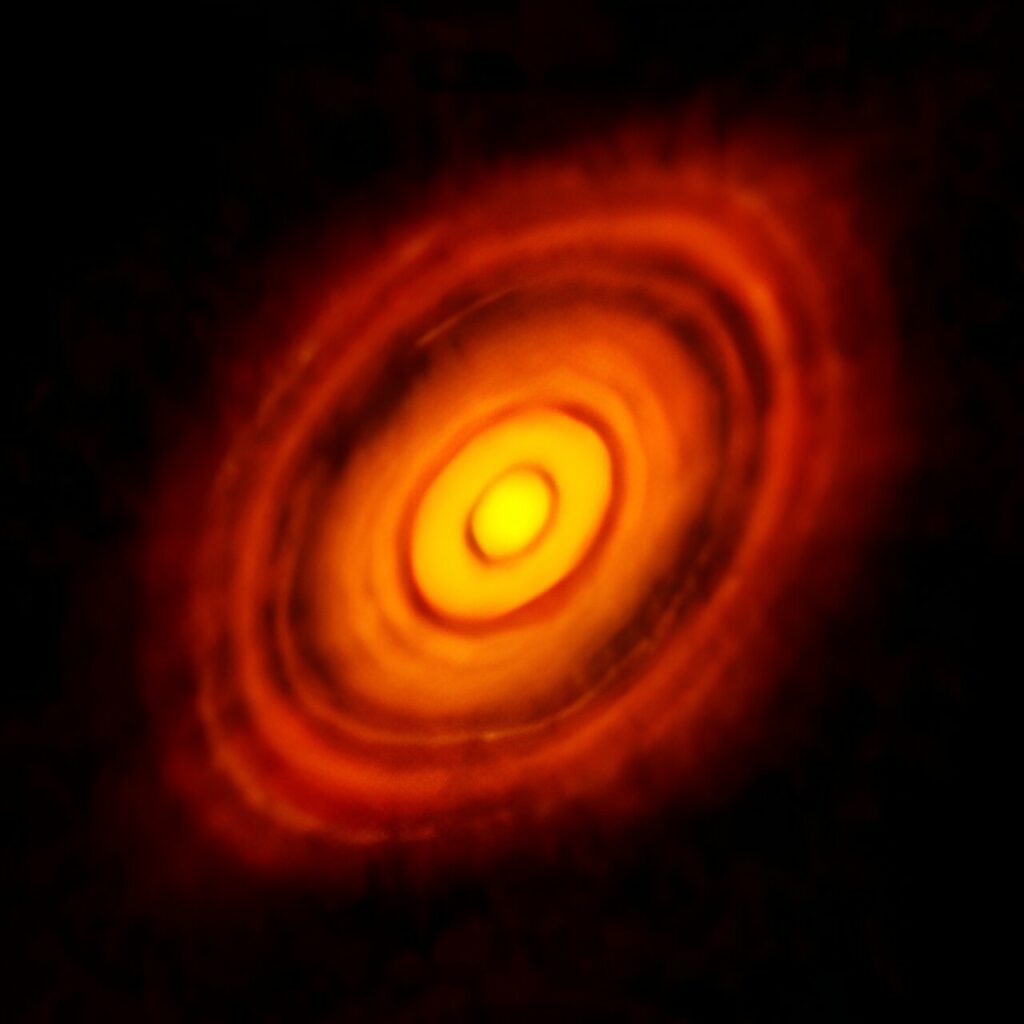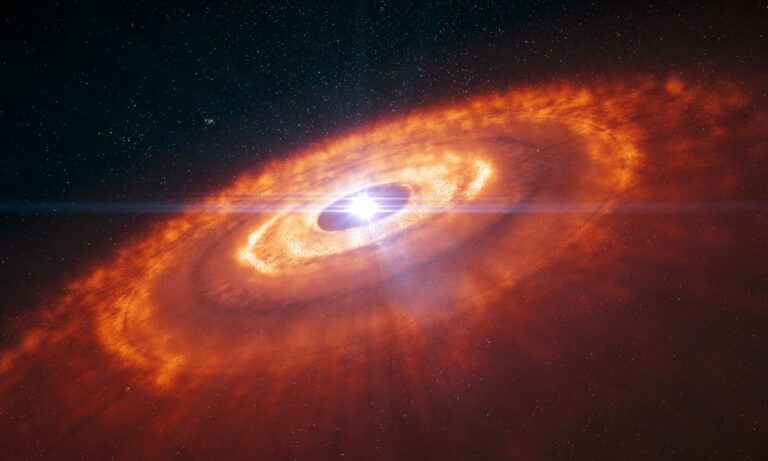Do the Gaps in Protoplanetary Disks Truly Signify the Birth of New Planets?
Approximately 5 billion years ago, Earth underwent the process of formation as gas and dust congregated within the protoplanetary disk of the young sun. This assembly was likely influenced by the resonant gravitational pull of Jupiter and other sizable celestial bodies. While it is conceivable that as Earth took shape, it cleared its orbit of debris, creating a noticeable gap in the disk visible from light years away.
Despite the general accuracy of this narrative, the assumption that planets, like Earth, consistently create gaps in a protoplanetary disk may not always hold true. For decades, the concept of planets emerging from the remnants of young stars found support in low-resolution images of disks around stars such as Fomalhaut. The gas and dust enveloping young stars are often cold and faint, posing challenges for study.
However, modern radio telescopes like ALMA have now captured detailed images of these disks, revealing many with ringed gaps largely devoid of debris, some of which even contain visible protoplanets. Consequently, there is a prevailing consensus that gaps in a disk indicate the presence of planets, even if direct observation remains challenging. However, a recent study published in Astronomy & Astrophysics suggests that the situation is more intricate than previously thought. The research team conducted an analysis of N-body simulations involving early disks, wherein three to seven protoplanets interacted with gas, dust, and pebbles within the disk.
Their sophisticated model not only examined how these planets accumulated matter and grew but also considered the potential migration of orbits through gravitational interactions and how interactions with the disk could alter the shape or orientation of an orbit. The simulations spanned 100 million years, providing insights into how planets might eventually settle into stable orbits.

One noteworthy finding was that, within a nascent disk, five to seven protoplanets swiftly develop unstable orbits. In their simulations, stability unraveled within 40,000 years, a mere cosmic blink. It would require a considerably longer timeframe for planets to clear a gap in the disk.
Consequently, when observing five or more gaps in a protoplanetary disk, it becomes apparent that they cannot all be attributed to planet-induced clearances. The rings could potentially arise from orbital resonances of a notably large planet, akin to how Jupiter impeded planet formation within the asteroid belt.
Another revelation was that planetary orbits can undergo significant migration and shifts, hindering them from efficiently clearing their orbital paths. Particularly, smaller worlds are likely to traverse the disk in tumultuous trajectories during their early stages.
For instance, our young Earth possibly experienced substantial migration as it took form, spending a considerable portion of its early existence concealed amid gas and dust rather than being discernible within a gap. Consequently, the formation of Earth-like worlds in protoplanetary disks may often escape detection, given their indistinguishability from the overall luminosity of the disk. In summary, these findings underscore the challenge of establishing a straightforward correlation between the number and size of gaps observed in early planetary disks and the count and distribution of exoplanets identified in mature star systems. Planetary formation unfolds as a complex and intricate dance, and while certain steps are understood, there remains much to be uncovered and comprehended.
This article is republished from PhysORG under a Creative Commons license. Read the original article.
Do not forget to share your opinion with us to provide you with the best posts !




0 Comments